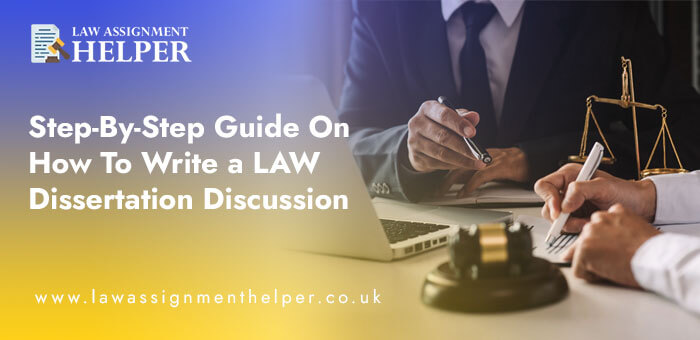Introduction
Select your subject carefully,
The cornerstone of a successful dissertation is topic selection. Selecting a topic that aligns with your academic discipline and hobbies is crucial. This will guarantee that you have a strong interest in your subject and the underlying information needed to carry out insightful study.
- Thought-provoking and captivating. A carefully considered topic will encourage you to formulate thought-provoking queries and novel hypotheses.
- Enough material for investigation, yet specific enough to allow for in-depth analysis. A topic that is too wide may be challenging to cover in the allotted time and word limit, while a topic that is too narrow may be challenging to investigate or yield useful conclusions.
It is crucial to collect data, carry out surveys, interview people, compute outcomes, and analyse them. To create a strong dissertation, you must do more than just this, though. Researchers refer to this process of summarising, interpreting, presenting limitations, and making recommendations as the discussion. How should a dissertation discussion be written? We’ll explain why it’s actually easier than you would imagine.
Structure of Dissertation Discussions
Let’s first examine this section’s structure in more detail. The primary subsections to comprise are as follows:
- A synopsis of your discoveries.
- Viewpoints.
- Repercussions.
- Restrictions.
- Suggestions.
To put it simply, you have to provide an overview of the important information, a description of your research, and an explanation of how others might understand it. Give recommendations, and a list of all the restrictions, and ramifications so that the following researchers can apply your ideas.
Key Discussion Points
How therefore should one develop a thesis discussion? Let’s examine the primary procedures.
Recapitulating
To address the central topic of your dissertation, you must provide a summary of all the information and findings from your analysis. One paragraph should be sufficient to convey the main points of your study findings in your summary. Phrases such as “The results show that,” “The data confirm that,” “The study demonstrates that the assumption that…” is true or false, etc., can be used to introduce this paragraph.
Giving explanations
That is, you gave a synopsis. It is now time to synthesize your understanding of the data and make inferences. Take the subsequent actions:
- • Find patterns in your data and show how different conclusions relate to one another, explain certain trends, and show the links between your data.
- State whether the findings and conclusions support your hypothesis, and if not, explain.
- Talk about how your results connect to earlier research.
- Provide evidence to back up your assertions and conclusions. Offer counterarguments if needed or feasible. Provide alternative interpretations.
- Put simply, you must explore alternative interpretations and/or counterarguments, as well as how your results connect to your original hypothesis and can be understood.
Examining the consequences
Since you are hardly the first to do research of this kind, it is crucial to indicate to the reader how your findings relate to or correlate with those of other studies. Researchers should explain in this area how their findings may impact already published research, support certain claims, or refute others. Pay attention to the following:
- Is what you discovered consistent with previous research? If so, what new information does your research bring to them?
- What aspects of your findings set you apart from earlier researchers?
- Explain the real-world repercussions.
This is a crucial section of writing a dissertation discussion: you must describe the precise way in which your study advances knowledge.
Recognising the constraints
There isn’t a survey without restrictions, and each researcher must list them all. This enables you to give the reader 100 percent reliable and pertinent information without withholding anything—especially the topics that fall under the purview of your research—or offering a biased viewpoint. You must discuss the methodology you used in this subsection, along with all the factors that affected your findings. These restrictions must all be related to your topic and your primary research questions. For instance, researchers might observe that of the 20 persons they spoke with. However, none were able to give a good picture of what a wider range of people might think about the problem.
Stating your suggestions
As an individual who has conducted a survey before and encountered certain difficulties. Therefore, you can make suggestions on potential contributions to all previous research, including your own. Stated differently, you should offer suggestions for more researchers based on your expertise and the findings.
Verifying the results and removing any extraneous details
These were the dos, then. The don’ts, though? Which kind of information is deemed superfluous? What not to do is as follows:
- Don’t present any fresh research that wasn’t already discussed. Only the results that have already been discussed and clarified should be used.
- Avoid making overly general or arbitrary assumptions; all of the conclusions and ideas in your dissertation should be logically or factually justified.
- Avoid including too many contentious restrictions. Instead of demonstrating that your study and its findings may be false. Therefore, you should demonstrate that they are still useful in light of the constraints.
Please be aware,
You may get in touch with us and engage one of our skilled writers if you need help writing a Law Dissertation help in UK. They are knowledgeable about what to include and what not to in this and other dissertation sections.
